Rolex
Collector’s Guide For Replica Rolex Datejust 16233 and 16013
The Rolex Datejust collection exemplifies timeless elegance in luxury timekeeping. This comparison delves into two iconic references: the clone Rolex Datejust 16233 and 16013. While both watches represent the enduring allure of the Datejust, each has unique characteristics that appeal to collectors and enthusiasts navigating the world of vintage Rolex watches.
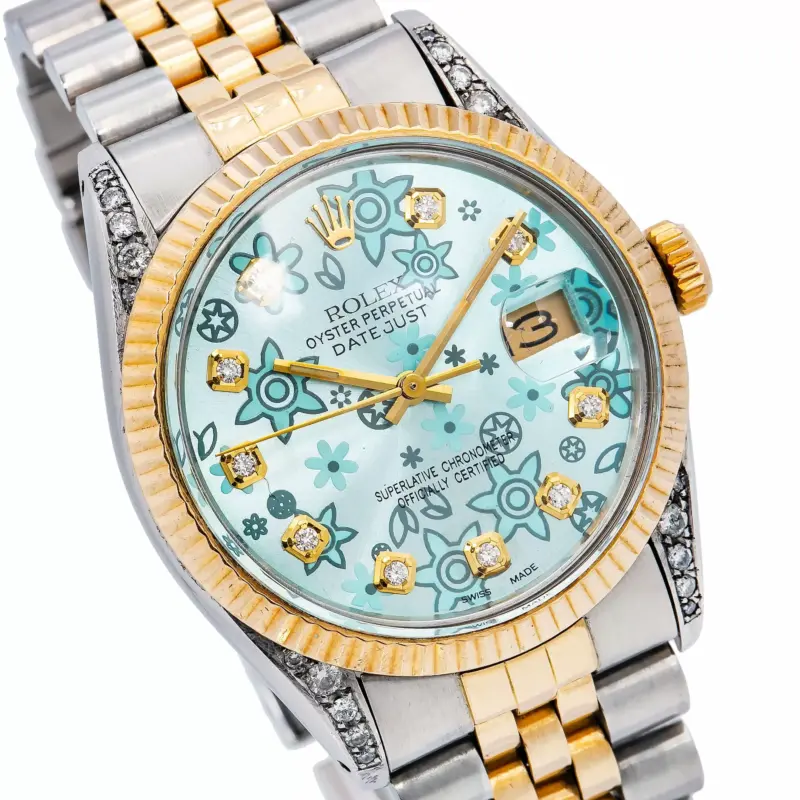
Rolex Datejust Reference 16233: A Modern Classic
The Rolex 16233 marks a significant evolution in the Datejust lineage, striking a balance between classic design and modern innovation. Launched in the late 1980s, this reference introduced subtle enhancements that elevated its status in the luxury watch market. It emerged during a period of technological advancement for Rolex, following the 16013, and incorporated features that catered to sophisticated collectors entering the 1990s.
The 16233 features a two-tone combination of stainless steel and 18k yellow gold, a hallmark of the Datejust series. Its 36mm Oyster case offers a perfect blend of presence and comfort, while the solid gold fluted bezel reflects light beautifully, enhancing its visual appeal. The Jubilee bracelet, known for its five-piece link design, combines elegance with comfort.
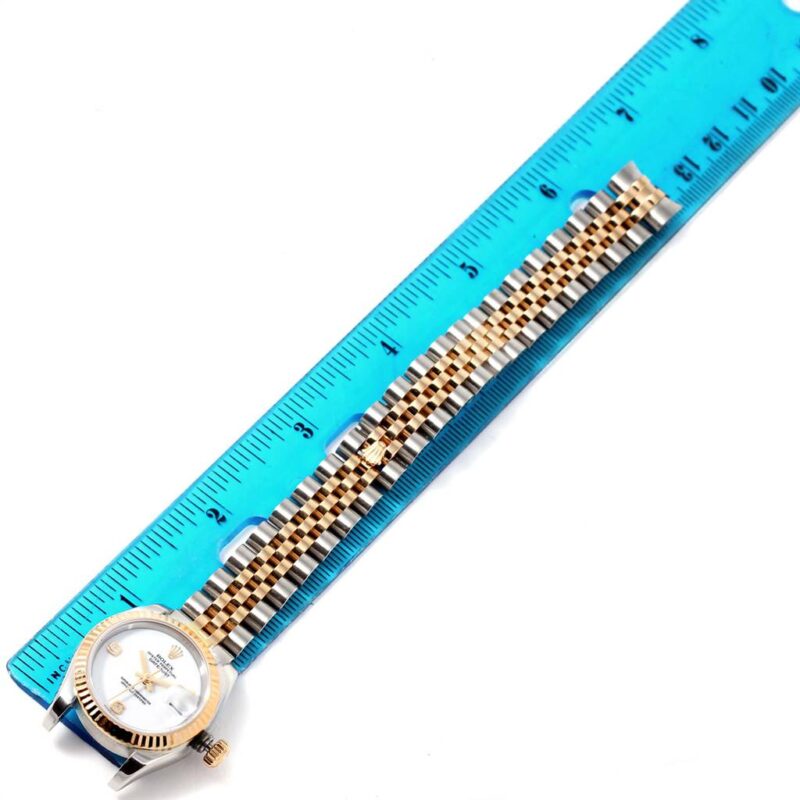
On the technical side, the 16233 is powered by the Caliber 3135 movement, known for its precision and reliability. This self-winding movement incorporates Rolex’s Parachrom hairspring for increased resistance to shocks and temperature fluctuations, enhancing durability and performance. Additionally, the upgraded water resistance, certified to 100 meters, thanks to the Twinlock crown system, further solidifies its reputation.
Rolex Datejust Reference 16013: Vintage Charm
The Rolex 16013 holds a special place among vintage watch collectors, embodying the classic Datejust design that epitomizes luxury. Introduced in the late 1970s and produced through the 1980s, this model captures the essence of a pivotal era for Rolex.
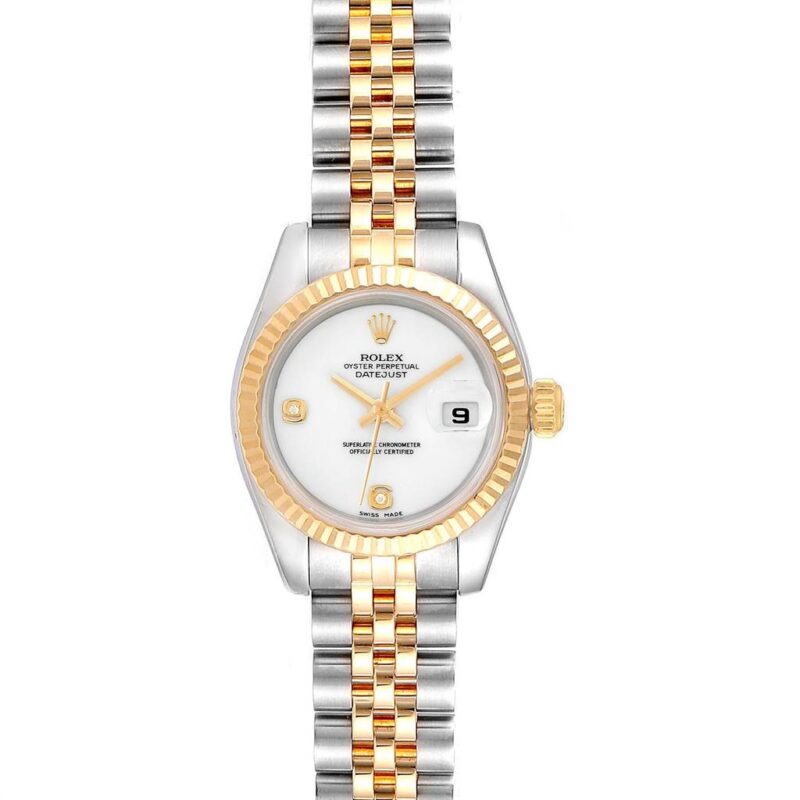
The 16013 was instrumental in popularizing the two-tone style in luxury replica watches, symbolizing success and elegance. Its slightly thicker case offers a more pronounced presence on the wrist, while the combination of stainless steel and 18k yellow gold has developed a charming patina over time, adding character. The fluted bezel features deeper grooves, creating a striking play of light.
Powered by the Caliber 3035 movement, the 16013 was considered cutting-edge for its time, known for its accuracy and reliability. While it lacks some modern innovations, the 3035 remains respected for its durability and ease of maintenance.
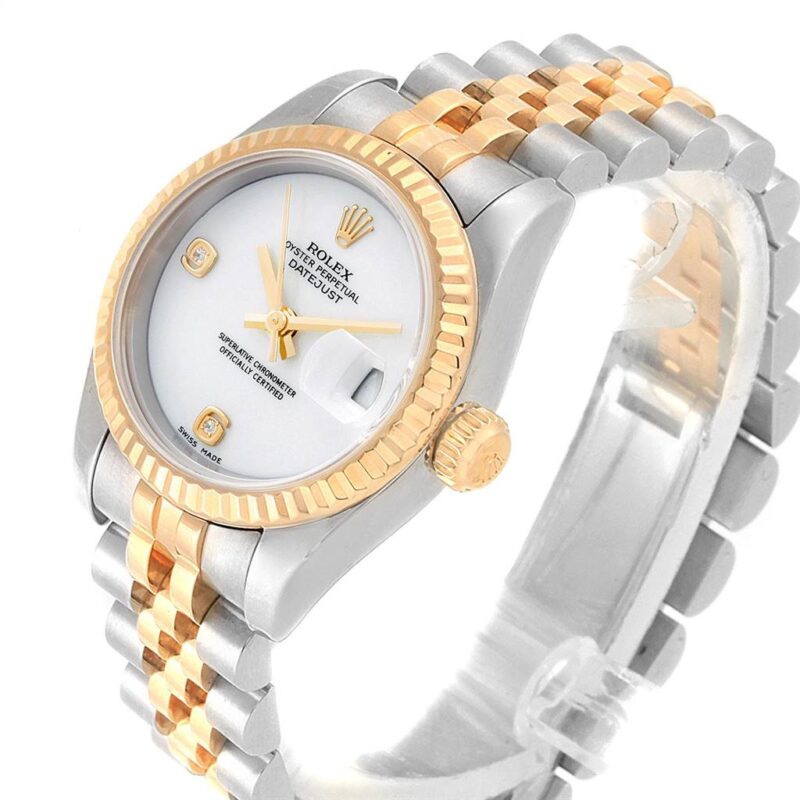
Design Differences and Similarities
While both references maintain the iconic Datejust silhouette, their design elements differ subtly. The 16233 features a more refined case profile and polished finish, showcasing Rolex’s advancements in manufacturing techniques. In contrast, the 16013 carries the charm of vintage design with its thicker case.
Both models showcase a two-tone style, but the 16233 typically presents a sharper contrast between metals, while the 16013 may develop a desirable patina. The dials also differ, with the 16233 offering modern designs and improved luminous materials, whereas the 16013 often features warmer tones and a vintage aesthetic.
Technical Comparison
The primary technical distinction lies in their movements. The 16233’s Caliber 3135 is renowned for its accuracy and robustness, incorporating innovations like the Parachrom hairspring. The 16013’s Caliber 3035, though older, remains a reliable and respected movement, though it may require more frequent servicing.
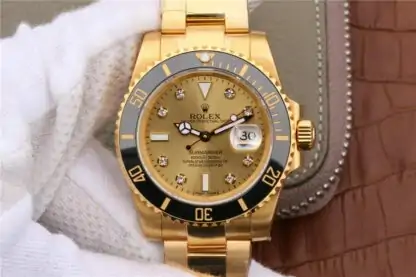
In terms of water resistance, the 16233 offers up to 100 meters, while the 16013 typically provides 50 meters. This difference may impact your choice if water activities are a consideration.
Market Value and Investment Potential
The market values of the replica Rolex 16233 and 16013 reflect their historical significance and the trends in vintage watch collecting. Generally, the 16233 commands a higher price due to its modern technology and aesthetics, appealing to buyers who want both vintage charm and contemporary performance.
The 16013 has also seen value appreciation, driven by growing interest in vintage Rolex watches. Its rarity, condition, and original accessories can significantly impact its market value.
Wearability and User Experience
Both models excel in wearability, thanks to their 36mm case size. The 16233, with its refined profile, sits closer to the wrist for a streamlined look, making it comfortable for extended wear. The 16013’s thicker case provides a substantial feel, appealing to those who prefer a pronounced presence.
Both watches transition seamlessly from casual to formal settings. The 16233 may suit contemporary formal occasions better, while the 16013 adds a touch of vintage elegance to casual outfits.
Choosing Between the Two
When deciding between the Rolex Datejust 16233 and 16013, consider personal style, investment potential, and practical usage. The 16233 appeals to those seeking modern reliability, while the 16013 attracts collectors who appreciate vintage charm and history.

